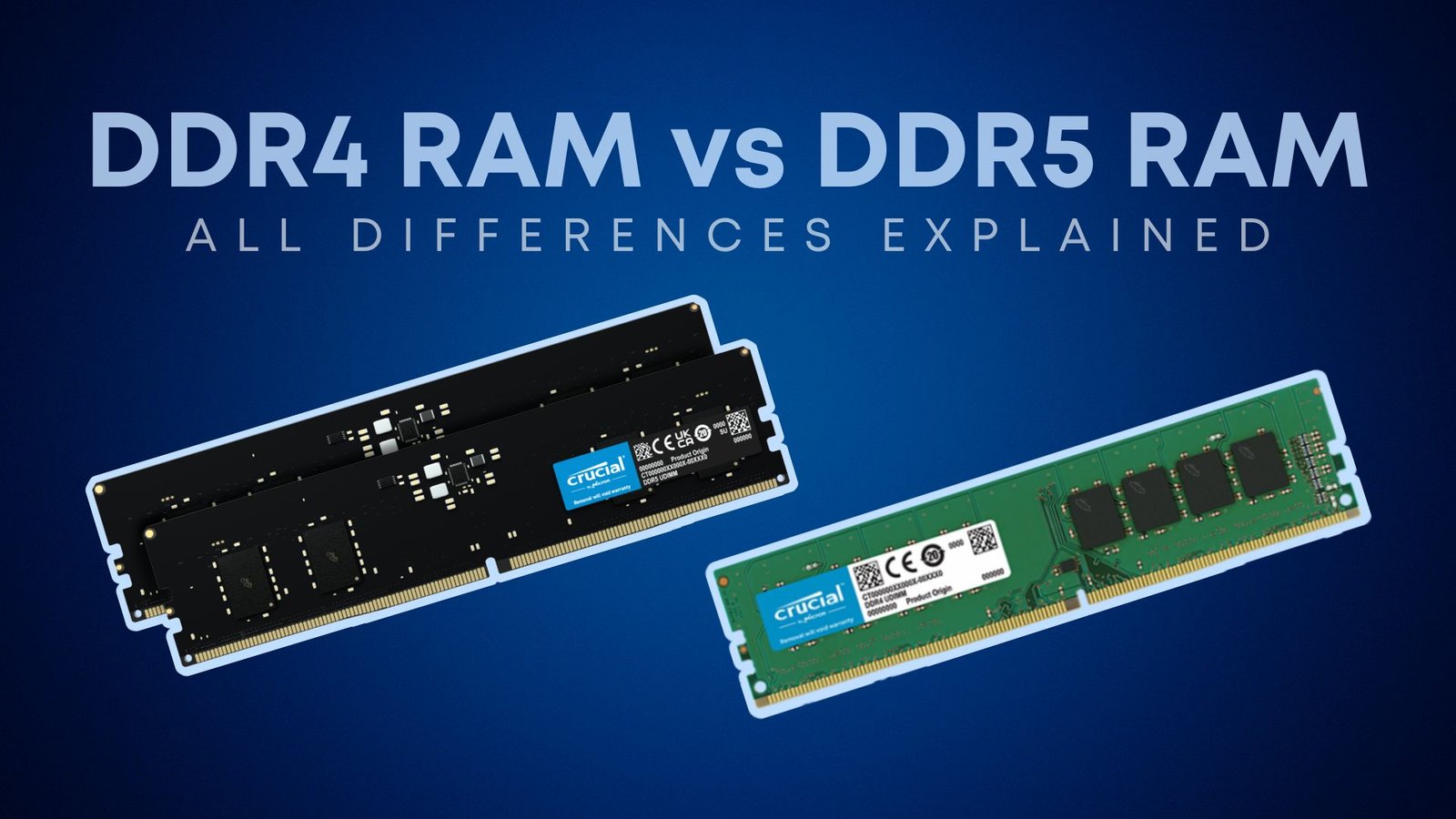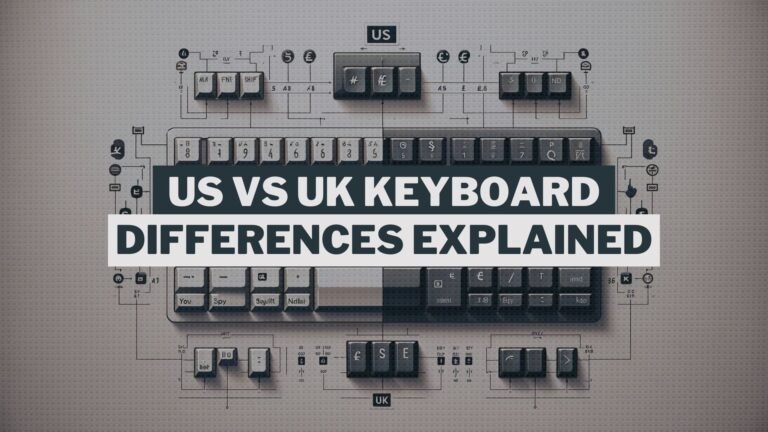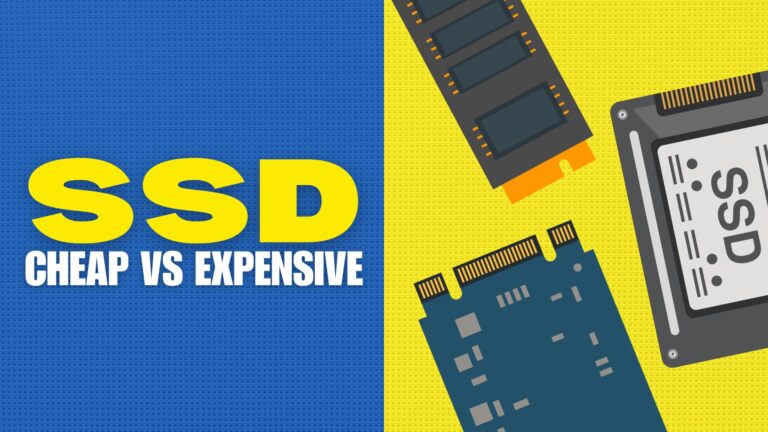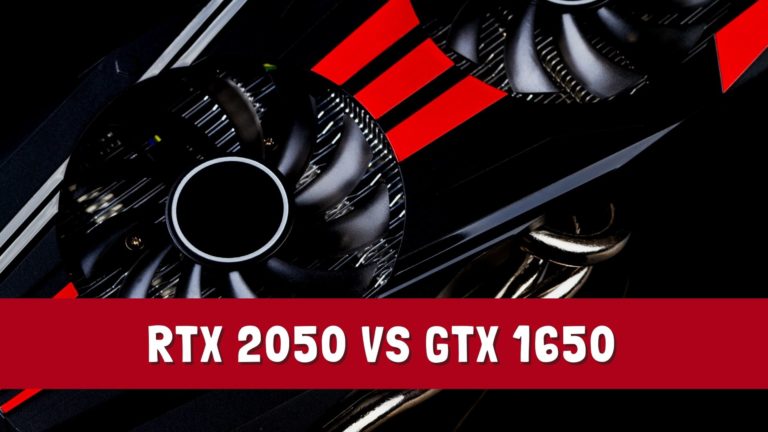Today, we are going to discuss a highly trending topic, which is DDR4 vs DDR5 RAM. To demonstrate these differences, we have the Kingston FURY 32GB 5400 MHz DDR5 RAM. There’s a lot to share with you, so let’s begin without any delay.
DDR5 RAM is so new that it’s still challenging to decide whether it’s worth considering for gamers or regular PC users. So, let’s focus on the major differences without diving too deep into technical details since there are quite a few significant technical changes.
Speed & Latency
Firstly, let’s talk about the most easily understandable change, which is speed. Obviously, as we transition from DDR4 to DDR5, there should be changes in speed, and they have nearly doubled the speed compared to the technical speeds of DDR4. In DDR4, the default speeds ranged from approximately 1600 MHz to 3200 MHz, depending on the official specifications, and going higher with XMP or overclocking options.
However, in DDR5, the minimum spec speed starts at 4800 MHz, which is 4.8 gigahertz or 4.8 Gbps. In terms of bandwidth speed, this is a significant leap, and it’s just the beginning because manufacturers like Kingston, Samsung, and XPG, are making promises of speeds up to 10,000 MHz.
The future is indeed bright, but there is a small issue with speed. As you might not be aware, when speed of RAM is increased, its overall latency also increases. Latency is often referred to as cache latency or CL number, which you may have seen at the back of RAM modules. A lower CL number is better. Now, with the jump to DDR5, this number has significantly increased due to the higher speeds.
For Example, my Kingston FURY RAM starts at CL40, and runs at 5200 MHz. However, as time goes on, these latency numbers will decrease. Even when running at higher speeds like 5200, 5600, or even 6000 MHz, the latency will be only around 7 or 8 milliseconds, making it a very fast RAM in that regard.
Bandwidth Efficiency
The major change they have made with DDR5 is that they are introducing a new concept of delivering data from the memory to the CPU. Basically, there is a small connection between the RAM and the CPU. In regular DDR4 RAM, it operates on a 64-bit bus, which means you can transfer 64 bits of data in one small cycle.

Let me explain this with an example. Let’s assume there is a bus with 64 seats, and only 30 seats are occupied. Now, what is happening is an inefficient approach. Suppose it is your business, then it’s obvious that until all the seats are filled, running the bus won’t be profitable. Only when things are filled up, you will achieve an efficient overall result.

Now, let’s consider DDR5 as a bus company, but instead of having one bus, there are two buses, each with 32 seats. Let’s say 20 passengers arrive, and in this scenario, there is no need to run the second bus. You can accommodate all 20 passengers in one bus and efficiently send the required information. This is an efficient approach.

However, on the day where they have 40 passengers arriving, company will engage the second bus to handle the additional load.
In the case of DDR4, the problem was due to the 64-bit single lane. Let’s say you only had data that utilized 32-bits. DDR4 would still have to send the remaining 32-bits of unused data, which was an inefficient approach.
In simple terms, DDR5 allows for more flexibility in handling data, efficiently utilizing the available bandwidth, and reducing unnecessary data transfers, thus making it more efficient compared to DDR4.
But with DDR5, you have two lanes available. So, if you have data that only uses 16-bits, you can use just one lane and keep the other lane idle. This way, the CPU won’t have to count unnecessary bits.
Another efficiency-related point is the increase in the number of banks. Let me explain the concept of “banks.” Banks refer to the locations where your data, which consists of small binary files is stored.

With DDR4 RAM, each chip had a total of 16 banks inside each module. However, with DDR5, they have doubled the number of banks. This increase in the number of banks allows the CPU to access data from smaller levels, making the data access more efficient. It also provides more addresses for storing data, enhancing the overall storage capabilities. This improvement in the number of banks contributes to better performance and efficiency in DDR5 RAM.
Density & Capacity
Now, let’s talk about the capacity of DDR5, which comes with higher density. In DDR4, the maximum size a particular DDR4 die could have was 2GB or 16Gbits. In the best-case scenario, if you combine all of these, you could have a total of 64 GB of RAM in a single stick.
With DDR5, there is a significant increase in die density. The smallest level of DDR5 die can have 64Gbits or 8 GB per die. This means you can build RAM kits of 128 GB with just a single stick, and by using only two slots, you can enjoy a total of 256 GB of RAM. On the server level, this capacity can even go up to 2 terabytes by using a technique called die stacking.
Power Management
Let’s talk about our next point, which is related to our power and thermal aspects. By default, DDR4 RAM used to operate at 1.2 volts, whereas DDR5 RAM operates at 1.1 volts, a difference of only 0.1 volts. But this small change can make a significant difference in terms of efficiency for your laptop. This is a 10% change, which might not seem substantial, but it can have a considerable impact, especially when it comes to portable devices whose battery life tends to degrade after a short while.
On the other hand, to achieve this 1.1 volts, the motherboard doesn’t need to do anything. Whatever is required, the RAM will handle it because there will be a VRAM on the RAM stick itself instead of having it on the motherboard. So, there will be a dedicated circuit that will solely take care of voltage regulation. The electricity that is coming will go directly from the chip to the RAM, reducing the distance significantly. Now, reduced distance means better signal integrity and lower voltage ripples. This helps in reducing jitter and other related issues. The controllers required for voltage regulation will be integrated closely with the RAM module.
XMP-3.0
Previously, companies could only include 2 XMP profiles with their RAM. For instance, if you buy a 3600 MHz RAM, you might get an option to choose from 3 speeds or see 3 speeds listed in CPU-Z. One would be the JEDEC specification, the other XMP-1, and then XMP-2.
Now, the change they’ve made enables companies to add 3 XMP profiles of their choice. But here’s the really fascinating part – you can also create your own XMP profiles. You’ll have 2 slots, and you can assign them names like “John” and “Michael.” The “Michael” profile would be for AMD, while the “John” profile would be for Intel, providing customized performance settings for each platform.
Performance Difference
To compare the performance difference, I conducted tests using an Intel Core i9-12900K Processor paired with an AMD RX 6900 XT graphics card. For the DDR4 RAM configuration, I used a Gigabyte Z690 UD motherboard, while for the DDR5 RAM setup, I utilized a Gigabyte Z790 UD AC motherboard.

The difference in reading and writing bandwidth presented by DDR5 translates into a remarkable improvement.

During laboratory reviews, one of the tests used is Cinebench R23. With the same configuration and by replacing the DDR4 memory with DDR5, according to the specifications mentioned before, it has been possible to increase the score from 26,725 points to 27,125 in this Cinebench R23 test.
Difference in Gaming
I have tested three games at 1080p resolution to observe the difference in performance between DDR5 and DDR4 RAM.

The most noticeable improvement after switching to DDR5 has been observed in The Riftbreaker when playing at 1080p resolution. In this case, the frame rate has increased from 167 FPS achieved with DDR4 to 182 FPS with DDR5.
In Flight Simulator 2020, the difference in FPS achieved by the game at 1080p resolution has been less noticeable when switching from DDR4 to DDR5. With DDR4, the frame rate reached 81 FPS, while it increased to 90 FPS with DDR5.
In the most demanding game, Battlefield 2042, the improvement with DDR5 has been less noticeable. When playing at the resolution of 1080p and using DDR4, a frame rate of 153 FPS was achieved. However, this figure only increased to 160 FPS with DDR5.
Overall, using DDR5 memory has resulted in superior gaming performance compared to using DDR4. However, it’s worth noting that the difference in performance may be minimal in some cases.
Specs Difference
So, I have already informed you about the major differences, and now I will share with you the baseline specifications of DDR4 and DDR5.
| DDR4 RAM | DDR5 RAM | |
| Memory Speed | 1600MHz – 3200Mhz | 4800Mhz – 6400Mhz |
| Die Density | 16Gb SDP -> 64GB DIMMs | 64Gb SDP -> 256GB DIMMs |
| Voltage | 1.2V | 1.1V |
| Power Management | On motherboard | On DIMM PMIC |
Which One You Should Buy?
If you are using a 12th or 13th generation Intel CPU in your build, I would advise you to go for DDR4 RAM with higher speeds. It offers a better option as it is compatible with older Ryzen 5000 chips, which not only saves you money on memory but also on the CPU and motherboard. Opting for Ryzen 7000 and DDR5 RAM can be quite expensive, but if budget is not an issue and you want slightly better FPS in games, then going for DDR5 might be a good choice for a gaming PC.
Speaking about the long term, DDR5 RAM is likely to be more worthwhile. Here’s a tip: when choosing your motherboard for the build, try to select one that supports both DDR4 and DDR5 RAM. This way, in the future, when DDR5 prices come down a bit, you can easily upgrade your PC without any hassle.






